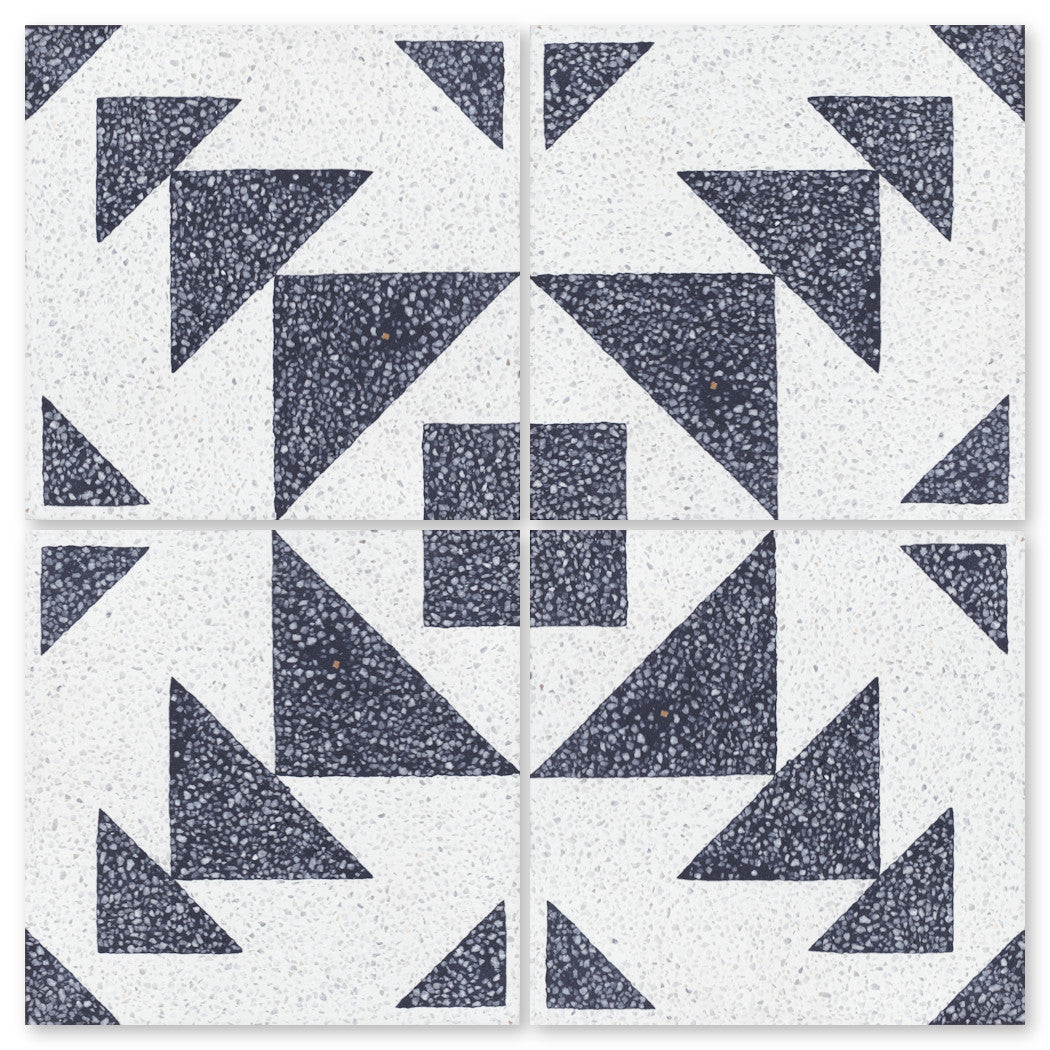Terrazzo, a composite material that has been used for centuries, is making a strong comeback in the world of interior design. Known for its durability, versatility, and unique aesthetic, terrazzo is being celebrated anew for its ability to bring a touch of timeless elegance and contemporary flair to any space. Let’s explore the history, benefits, and modern applications of terrazzo.
Introduction
Terrazzo, with its distinctive speckled appearance, has become a favorite among designers and homeowners alike. Its ability to blend seamlessly with various design styles, combined with its eco-friendly properties, makes it a top choice for modern interiors.
History of Terrazzo
The origins of terrazzo date back to ancient Egypt, but it gained prominence during the Venetian period in the 15th century. Artisans used marble scraps set in clay to create durable and decorative flooring. This cost-effective method spread across Europe and eventually the world, evolving in both technique and material.
What is Terrazzo?
Terrazzo is a composite material made from chips of marble, quartz, granite, glass, or other suitable materials, poured with a binder that can be cement-based or epoxy resin. After curing, the surface is ground and polished to reveal the beauty of the embedded chips, resulting in a smooth, durable finish.
Benefits of Terrazzo
1. Durability: Terrazzo is known for its incredible durability. Its hard surface is resistant to scratches, stains, and impacts, making it ideal for high-traffic areas in both residential and commercial spaces.
2. Versatility: Terrazzo’s design possibilities are virtually limitless. It can be customized with various colors, patterns, and materials to suit any aesthetic. From classic to contemporary, terrazzo adapts to any style.
3. Eco-Friendliness: Terrazzo is an environmentally friendly option as it often utilizes recycled materials. The use of natural stone chips and sustainable binders further enhances its eco-friendly profile.
4. Low Maintenance: Once installed and properly sealed, terrazzo requires minimal maintenance. Regular sweeping and occasional mopping keep it looking pristine. Its non-porous surface resists mold and mildew, adding to its longevity and ease of care.
Modern Applications
1. Flooring: Terrazzo flooring remains a popular choice due to its durability and aesthetic appeal. It’s used in various settings, from residential homes to commercial buildings like airports, schools, and hotels.
2. Countertops: Terrazzo countertops offer a unique and stylish alternative to traditional materials like granite or quartz. They provide a visually striking and durable surface for kitchens and bathrooms.
3. Wall Cladding: Using terrazzo for wall cladding can create a stunning focal point in any room. Its unique patterns and colors can transform plain walls into works of art.
4. Furniture: Terrazzo is also making its way into furniture design, with tables, benches, and other pieces featuring terrazzo surfaces that add a touch of elegance and durability.
Conclusion
Terrazzo is more than just a flooring option; it's a versatile, durable, and eco-friendly material that brings a unique aesthetic to any space. Its resurgence in modern design is a testament to its timeless appeal and the endless possibilities it offers. Whether you’re looking to renovate your home or add a touch of sophistication to a commercial space, terrazzo is a design choice that promises both beauty and longevity.
Embrace the resurgence of terrazzo and discover how this ancient material can bring a fresh, modern twist to your interiors.


